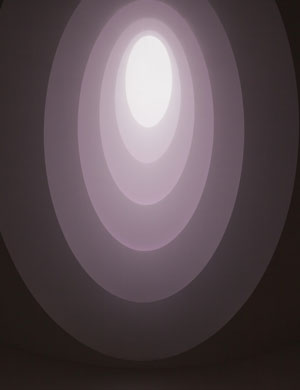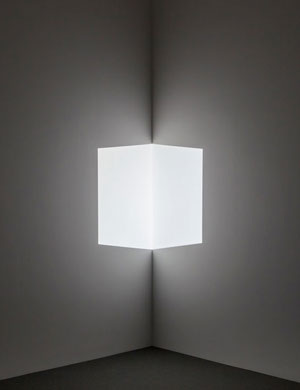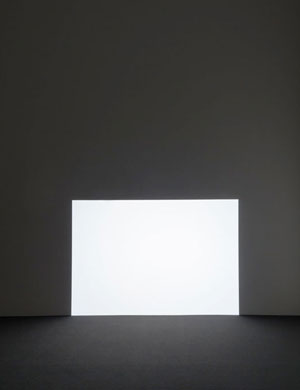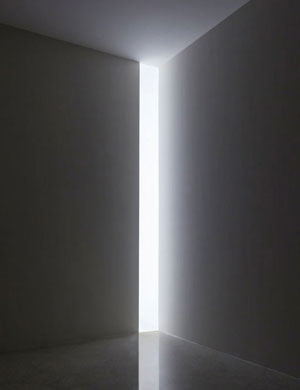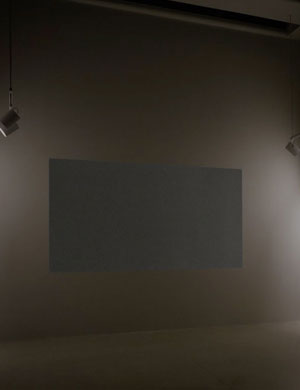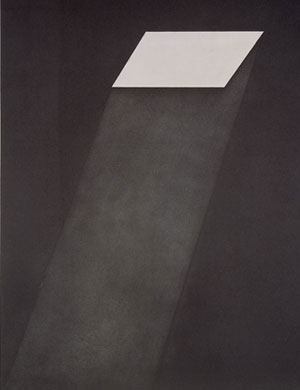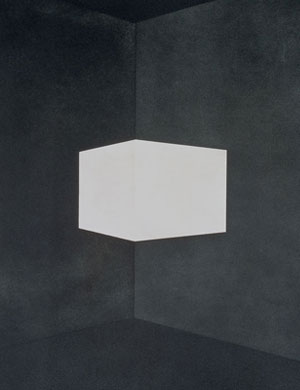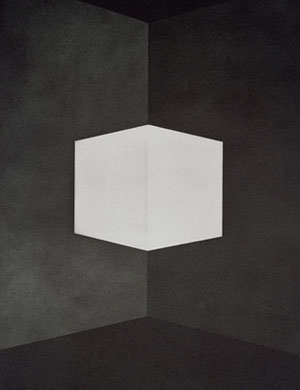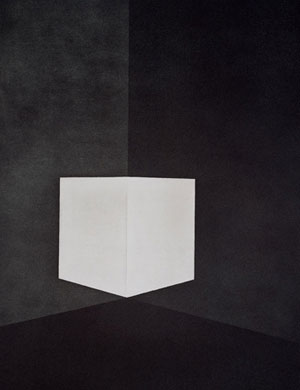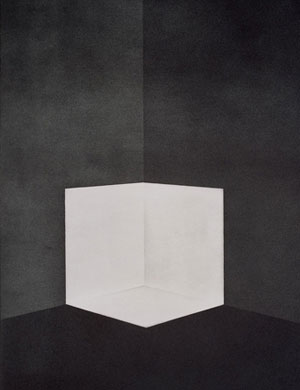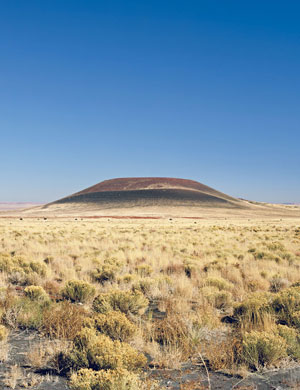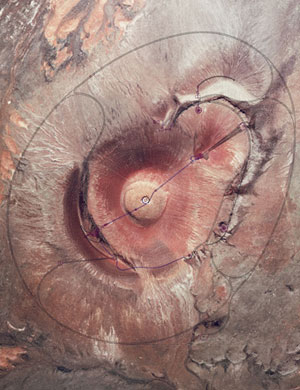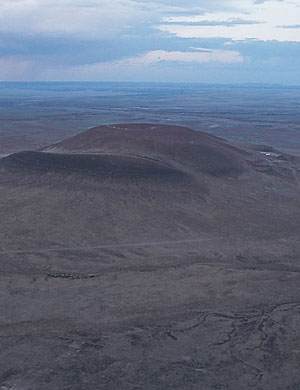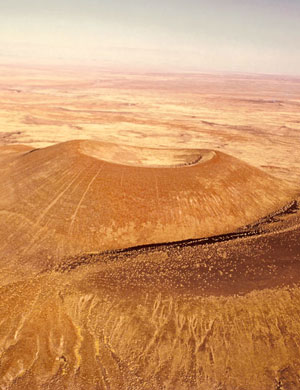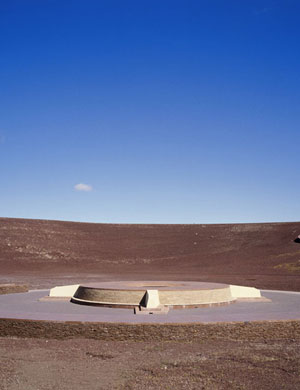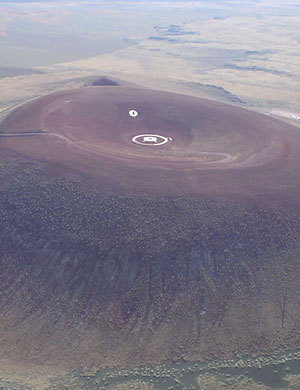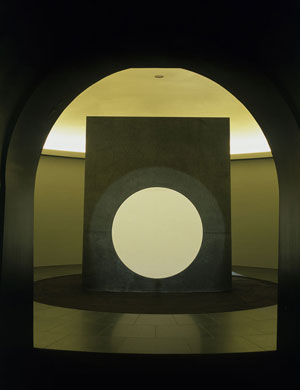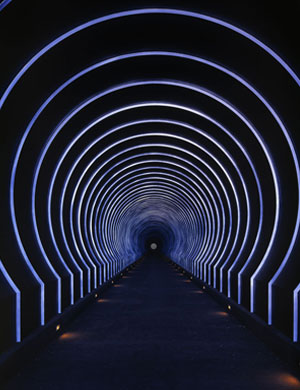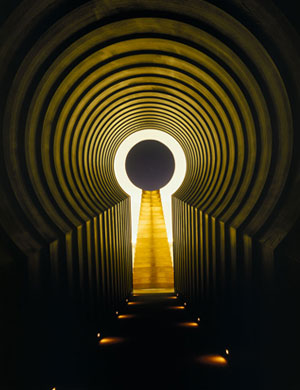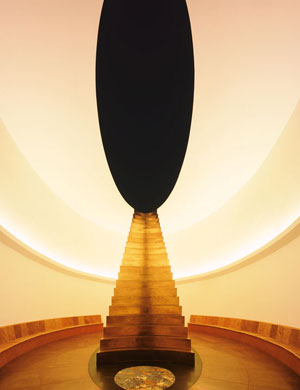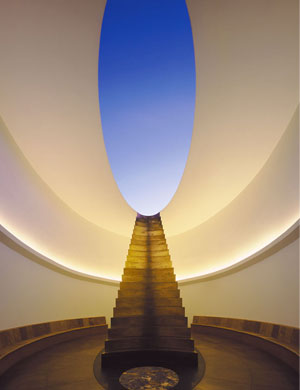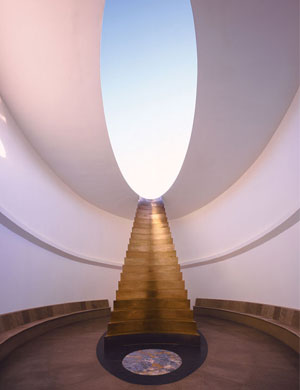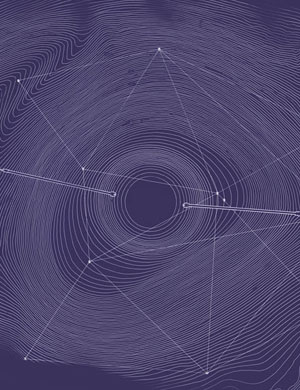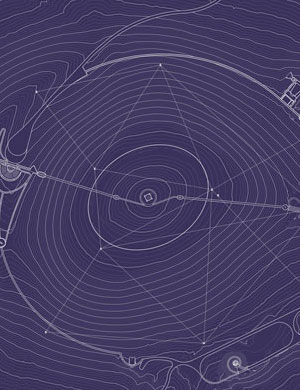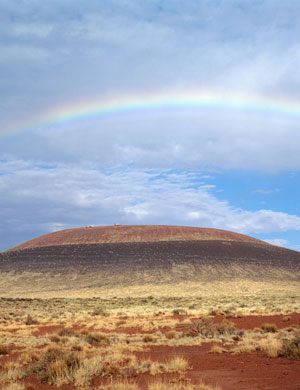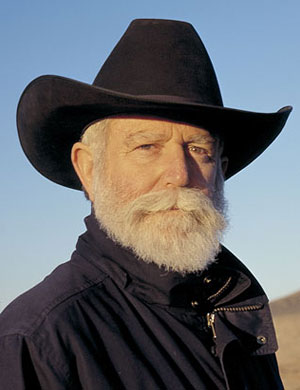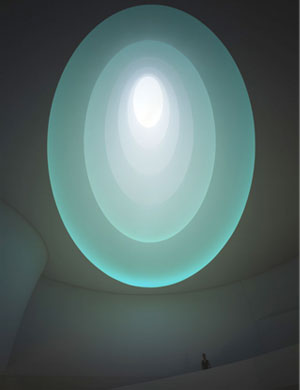
James Turrell, Aten Reign, 2013. Daylight and LED light. Temporary site-specific installation, Solomon R. Guggenheim Museum, New York © James Turrell. Photo: © Florian Holzherr
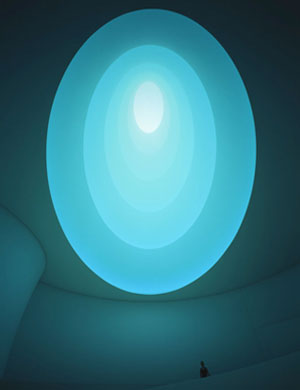
James Turrell, Aten Reign, 2013. Daylight and LED light. Temporary site-specific installation, Solomon R. Guggenheim Museum, New York © James Turrell. Photo: © Florian Holzherr
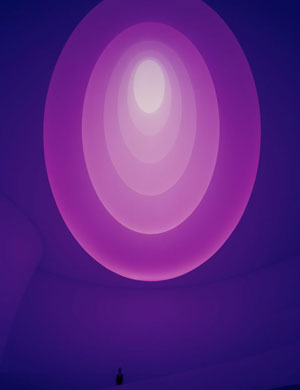
James Turrell, Aten Reign, 2013. Daylight and LED light. Temporary site-specific installation, Solomon R. Guggenheim Museum, New York © James Turrell. Photo: © Florian Holzherr
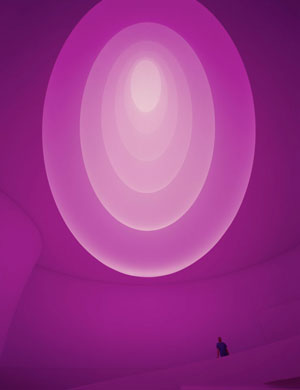
James Turrell, Aten Reign, 2013. Daylight and LED light. Temporary site-specific installation, Solomon R. Guggenheim Museum, New York © James Turrell. Photo: © Florian Holzherr
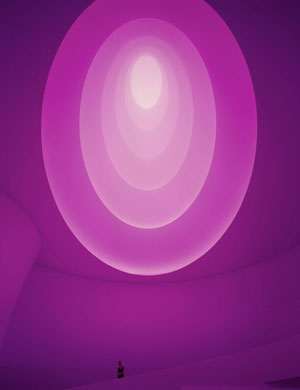
James Turrell, Aten Reign, 2013. Daylight and LED light. Temporary site-specific installation, Solomon R. Guggenheim Museum, New York © James Turrell. Photo: © Florian Holzherr
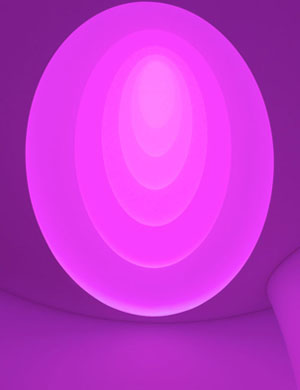
James Turrell, Aten Reign, 2013. Daylight and LED light. Temporary site-specific installation, Solomon R. Guggenheim Museum, New York © James Turrell. Photo: David Heald © SRGF
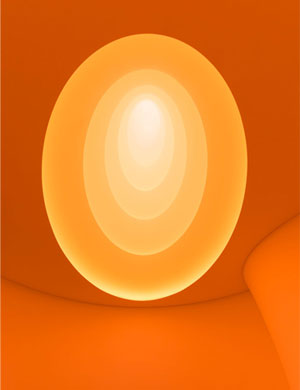
James Turrell, Aten Reign, 2013. Daylight and LED light. Temporary site-specific installation, Solomon R. Guggenheim Museum, New York © James Turrell. Photo: David Heald © SRGF
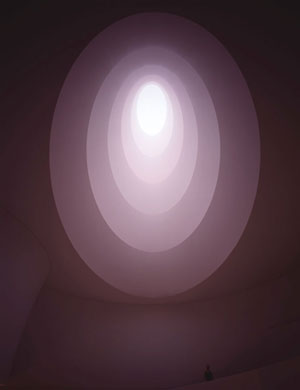
James Turrell, Aten Reign, 2013. Daylight and LED light. Temporary site-specific installation, Solomon R. Guggenheim Museum, New York © James Turrell. Photo: © Florian Holzherr
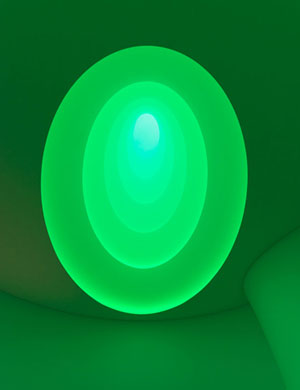
James Turrell, Aten Reign, 2013. Daylight and LED light. Temporary site-specific installation, Solomon R. Guggenheim Museum, New York © James Turrell. Photo: David Heald © SRGF
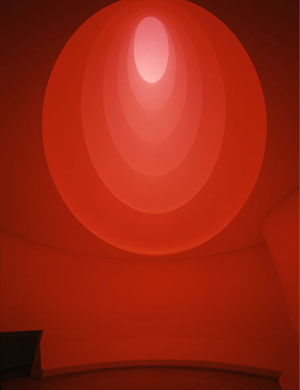
James Turrell, Aten Reign, 2013. Daylight and LED light. Temporary site-specific installation, Solomon R. Guggenheim Museum, New York © James Turrell. Photo: © Florian Holzherr
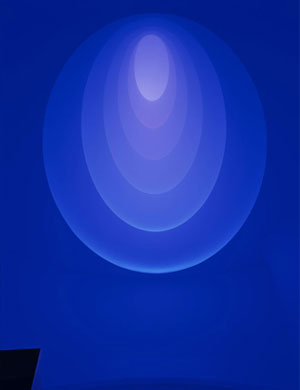
James Turrell, Aten Reign, 2013. Daylight and LED light. Temporary site-specific installation, Solomon R. Guggenheim Museum, New York © James Turrell. Photo: © Florian Holzherr
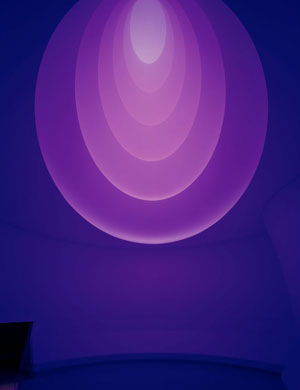
James Turrell, Aten Reign, 2013. Daylight and LED light. Temporary site-specific installation, Solomon R. Guggenheim Museum, New York © James Turrell. Photo: © Florian Holzherr
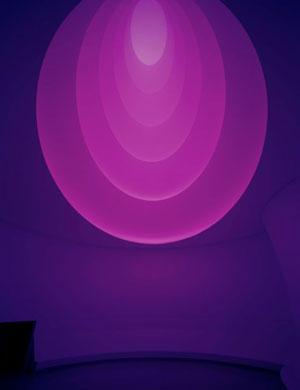
James Turrell, Aten Reign, 2013. Daylight and LED light. Temporary site-specific installation, Solomon R. Guggenheim Museum, New York © James Turrell. Photo: © Florian Holzherr
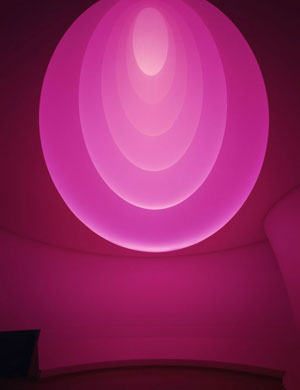
James Turrell, Aten Reign, 2013. Daylight and LED light. Temporary site-specific installation, Solomon R. Guggenheim Museum, New York © James Turrell. Photo: © Florian Holzherr
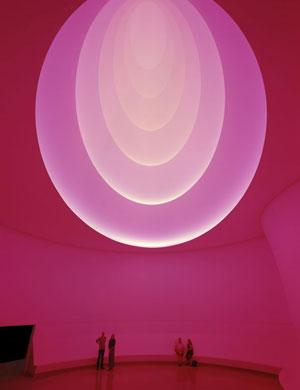
James Turrell, Aten Reign, 2013. Daylight and LED light. Temporary site-specific installation, Solomon R. Guggenheim Museum, New York © James Turrell. Photo: © Florian Holzherr
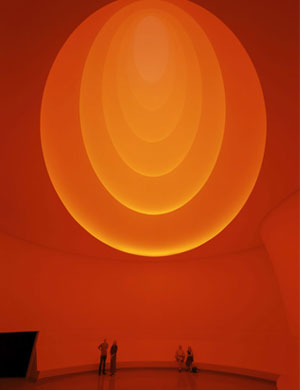
James Turrell, Aten Reign, 2013. Daylight and LED light. Temporary site-specific installation, Solomon R. Guggenheim Museum, New York © James Turrell. Photo: © Florian Holzherr
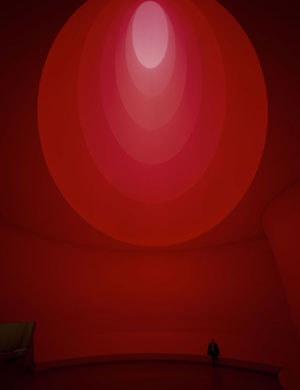
James Turrell, Aten Reign, 2013. Daylight and LED light. Temporary site-specific installation, Solomon R. Guggenheim Museum, New York © James Turrell. Photo: © Florian Holzherr
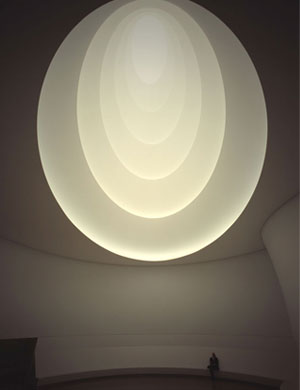
James Turrell, Aten Reign, 2013. Daylight and LED light. Temporary site-specific installation, Solomon R. Guggenheim Museum, New York © James Turrell. Photo: © Florian Holzherr
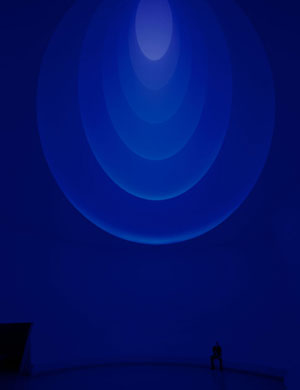
James Turrell, Aten Reign, 2013. Daylight and LED light. Temporary site-specific installation, Solomon R. Guggenheim Museum, New York © James Turrell. Photo: © Florian Holzherr
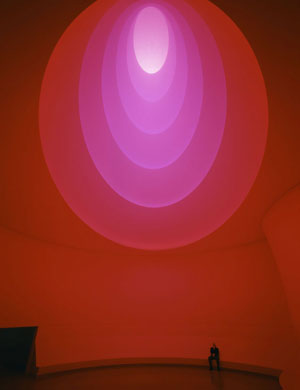
James Turrell, Aten Reign, 2013. Daylight and LED light. Temporary site-specific installation, Solomon R. Guggenheim Museum, New York © James Turrell. Photo: © Florian Holzherr
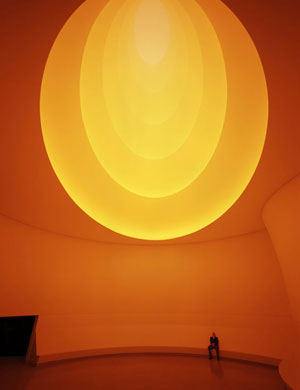
James Turrell, Aten Reign, 2013. Daylight and LED light. Temporary site-specific installation, Solomon R. Guggenheim Museum, New York © James Turrell. Photo: © Florian Holzherr
